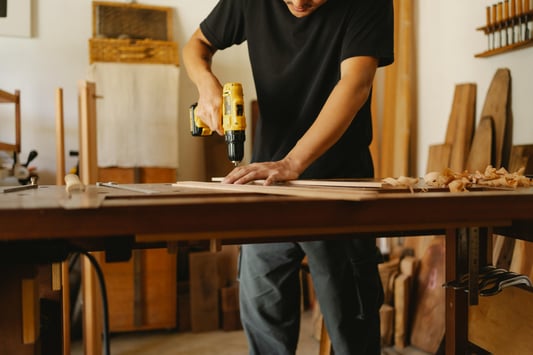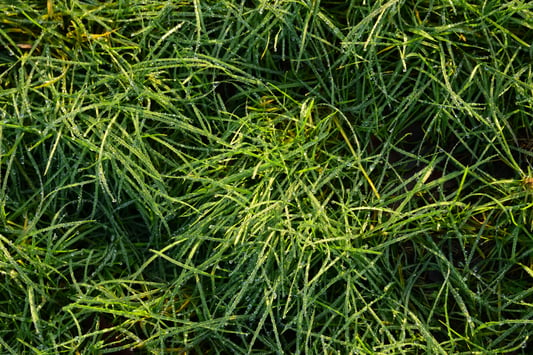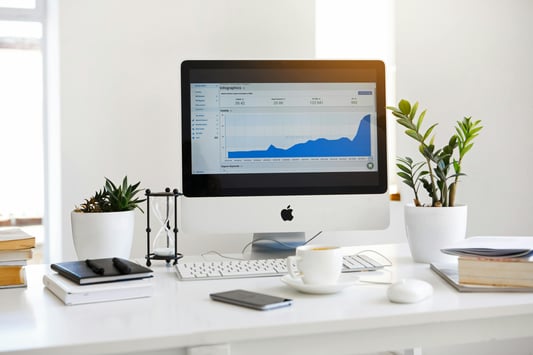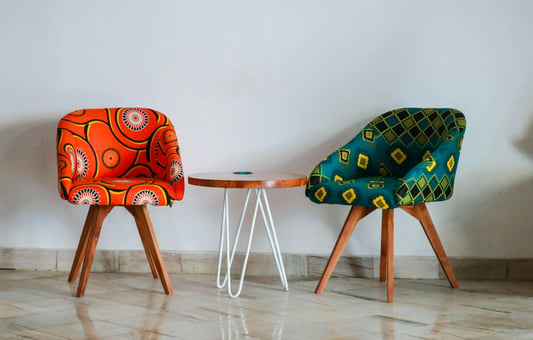Quality and Materials When inspecting throw pillows for a couch, it is important to consider the quality and materials used. Look for pillows made with durable fabrics such as cotton, linen, or polyester, as they are more likely to withstand daily use and retain their shape over time.Size and Shape The size and shape of throw pillows can greatly impact the overall look of your couch. When inspecting pillows, make sure they are the right size for your couch and complementary to your existing decor. Square or rectangular pillows are popular choices, but feel free to mix and match different shapes for a more eclectic look.Comfort and Support Comfort is key when choosing throw pillows for your couch. Inspect pillows for adequate support and cushioning, especially if you plan on using them for lounging or napping. Look for pillows with high-quality filling such as down feathers or memory foam for maximum comfort.Color and Pattern Throw pillows are a great way to add pops of color and pattern to your couch. When inspecting pillows, consider the color scheme of your living room and choose pillows that complement or contrast with your existing furniture. Don't be afraid to mix and match different patterns for a more visually interesting look.Maintenance and Care To keep your throw pillows looking their best, it is important to properly maintain and care for them. When inspecting pillows, check the care instructions for cleaning and washing guidelines. Opt for pillows with removable covers for easy cleaning, and consider using pillow protectors to extend their lifespan.Texture and Detail Texture can add depth and visual interest to your couch. When inspecting throw pillows, consider the texture of the fabric and any additional details such as tassels, embroidery, or beading. These additional elements can elevate the look of your couch and give it a more luxurious feel.Seasonal Versatility Throw pillows are an easy way to change up the look of your couch with the seasons. When inspecting pillows, consider choosing versatile options that can easily transition from season to season. Look for pillows in timeless colors and patterns that can be easily paired with seasonal accents.Eco-Friendly Options For those looking to reduce their environmental impact, eco-friendly throw pillows are a great choice. When inspecting pillows, look for options made with sustainable materials such as organic cotton or recycled fabrics. These pillows are not only good for the planet, but also for your home.Budget-Friendly Choices Throw pillows come in a wide range of prices, making it easy to find budget-friendly options that won't break the bank. When inspecting pillows, consider shopping sales or looking for discount stores to find affordable options that still meet your style and comfort needs.Personal Style Expression Ultimately, choosing throw pillows for your couch is a great way to express your personal style and personality. When inspecting pillows, trust your instincts and choose options that resonate with you. Mix and match different colors, patterns, and textures to create a unique and inviting space.Quote InquiryContact us!










